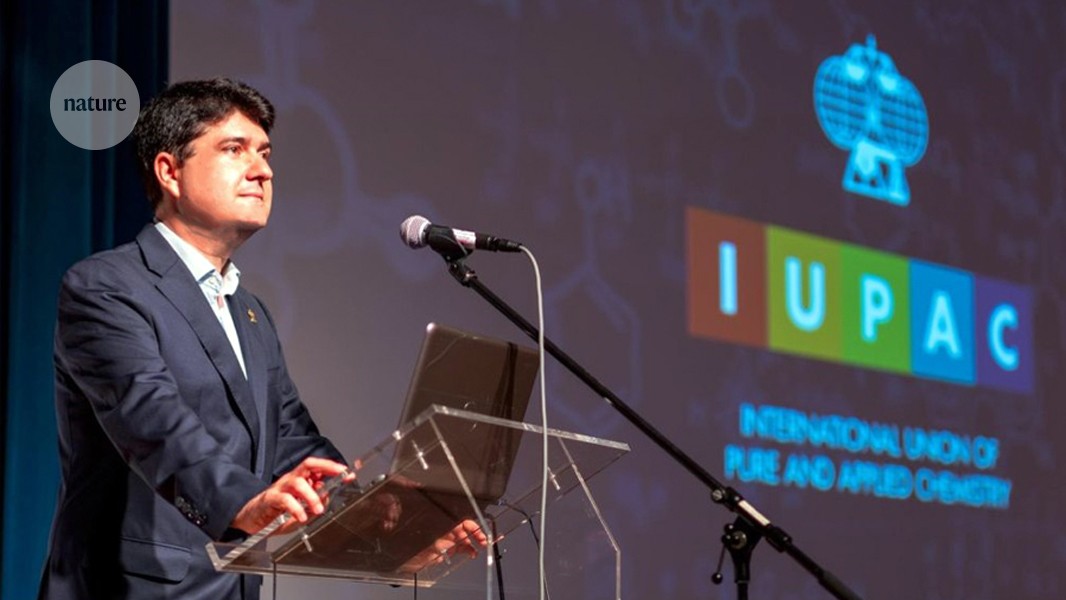Javier Garcia-Martinez, who advises global leaders on public policies backed by scientific evidence, says more scientists should work to build trust with policymakers.
Many researchers think that science policy is a total snoozefest. They imagine policy workers churning out boring white papers that sit idly at the bottom of a drawer, never to be read. But behind the scenes at United Nations assemblies and legislative agencies, science-policy specialists know their work will be put to the test. They brief global leaders at the World Economic Forum Annual Meeting in Davos, Switzerland, on breakthrough technologies and present the White House’s climate agenda to the press, the public and government agencies. They work out how funding agencies can award research grants to a more diverse pool of scientists, and help emerging economies to reduce carbon emissions without their compromising development.
Whatever the form, crafting science policies is important and rewarding work, say four science-policy specialists interviewed by Nature. But there are challenges: getting on the radar of policymakers, for one. Another is building trust with government officials at the early stages of policymaking rather than only at moments of crisis.
Still, scientists say that developing, advising on or advocating for policy contributes to social progress in tangible, measurable ways. In a world reeling from the COVID-19 pandemic and looking ahead to upheavals caused by climate change and the potential of artificial intelligence (AI), science-policy advisers are needed now more than ever.
JAVIER GARCIA-MARTINEZ: Go beyond the report, build trust with policymakers
Director of the Molecular Nanotechnology Lab at the University of Alicante in Spain.
Alongside running my research group — an international team working on nanotechnology for sustainable chemistry and clean energy solutions — I volunteer at organizations such as the World Economic Forum (WEF) and the International Union of Pure and Applied Chemistry (IUPAC), helping global leaders to create more effective public policies that are backed by sound evidence.
Since 2012, I’ve helped the WEF to put together a yearly report called the Top 10 Emerging Technologies. In this report, scientists around the world identify technologies that they think are going to transform industry and the economy. We explain these tools in simple terms and, every January, we communicate that information to policymakers and world leaders during the WEF’s annual summit in Davos, Switzerland.
Our reports have identified emerging technologies that will shape the future of science. Some of the predictions have come true. For example, our 2015 report identified the gene-editing tool CRISPR–Cas9 as a transformative technology. The scientists who discovered CRISPR won a Nobel prize five years later.
We highlighted mRNA vaccines in the 2017 report. At the time, we didn’t know the COVID-19 pandemic was coming. We just thought that people weren’t paying enough attention to this technology, and that governments should put more resources into developing it.
Another area in which science policy can help to steer research is making AI more useful for chemists. To do that, we need an innovative chemistry ‘language’ that can be ‘read’ by machines. At IUPAC, we are creating a textual identifier for chemical substances that will provide a standard way of encoding molecular information. This will accelerate the implementation of AI in scientific discovery.
IUPAC is also reimagining science education using an approach called systems thinking. This means teaching science in all contexts, connecting scattered pieces of information and helping students to build a deeper understanding of the subject.
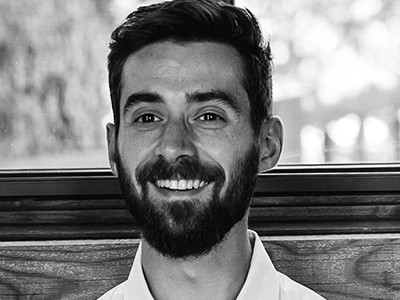
How to boost your research: take a sabbatical in policy
Systems thinking also means connecting various disciplines. In the case of chemistry, it means connecting the molecular description of compounds and their reactivity with their role in health, the economy and the environment, for instance — always putting people at the centre.
We’re working with governments worldwide to provide guidelines, teaching tools and training workshops. In the past five years, we’ve run workshops in South Africa, the United States and Egypt, training secondary-school teachers to bring this approach to their classrooms.
In policymaking, deep knowledge of a subject doesn’t automatically make you an effective science adviser. It’s more about having a holistic understanding of an issue and the ability to build trust with policymakers.
This requires producing high-quality reports that stand up to the most rigorous scrutiny. But beyond the report, you need to build trust through active listening and empathy. It starts on the day you are asked to advise on public policy, and it continues until the day that legislation is implemented.
Scientific advice is mainly about providing the best current knowledge in context. Just as decision makers work with lawyers to ensure their decisions are constitutionally sound, they need to work closely with scientific advisers to incorporate the latest knowledge into policies.
The world will be in a better place if we have effective science advisers.
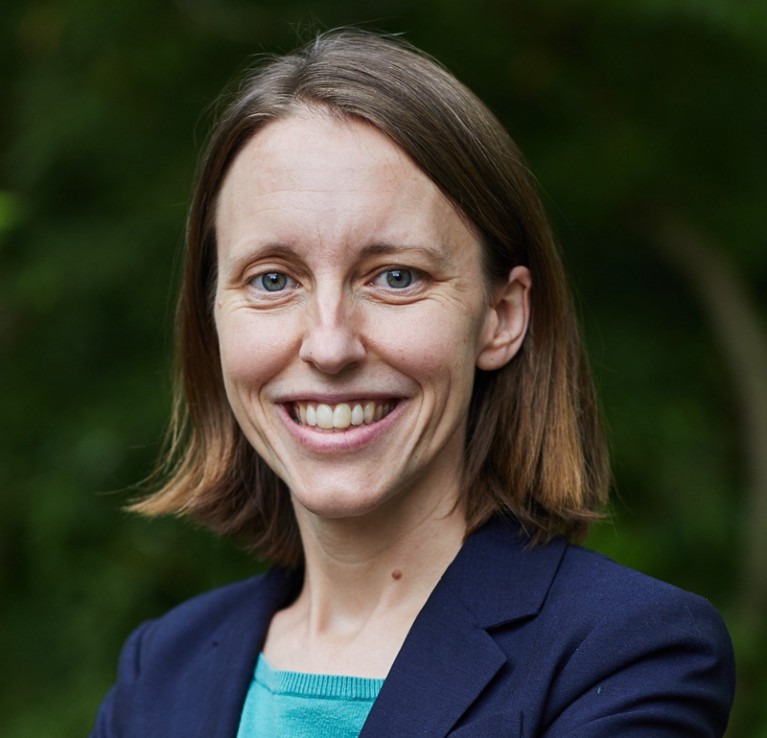
Laura Petes works in the US White House Office of Science and Technology Policy to support environmental and climate priorities.Credit: OSTP
LAURA PETES: Engage early and often with society
Chief of staff, climate and environment, and assistant director for climate resilience in the White House Office of Science and Technology Policy in Washington DC.
Originally, I assumed I would be a tenure-track faculty member at a research university. As a postdoc at Florida State University’s Coastal and Marine Laboratory in St Teresa, I was doing research that I thought would be useful to the community. I was investigating local drought conditions, which were leading to declines in oyster populations.
A few months in, my research brought me in close proximity to oyster boat crews doing the harvesting. I wanted to understand how drought was affecting the fishing community’s lives and livelihoods.
I felt powerless to help a community that was strongly affected by the decline in its fisheries.
So I started engaging with the fishing crews and their families directly. I attended their meetings to hear about the drought’s impacts. Listening to the community informed my research and led to me becoming a fierce advocate for scientists who do work that can be applied directly to society. I make sure that they engage with the intended beneficiaries of their research early on, and on a continuous basis.
In 2009, after my postdoc, I took a two-year policy fellowship through the American Association for the Advancement of Science that placed me with the US National Oceanic and Atmospheric Administration’s (NOAA) Climate Program Office, Silver Spring, Maryland. There, I worked to build partnerships across NOAA on climate and coastal and marine ecosystems, including an initiative to establish a regional drought early-warning system for the southeastern United States. I was then hired as an ecosystem-science adviser at the office, working on cross-agency climate-adaptation and -resilience activities and programmes. During my career at NOAA, I have twice taken assignments at the White House Office of Science and Technology Policy (OSTP). Starting in 2014, I worked at the OSTP for three years, helping officials to implement then-president Barack Obama’s Climate Action Plan. I returned to the OSTP in 2021, and currently serve as its chief of staff for the Climate and Environment Team and as the assistant director for climate resilience. I got hooked in the science-policy world and I never left.
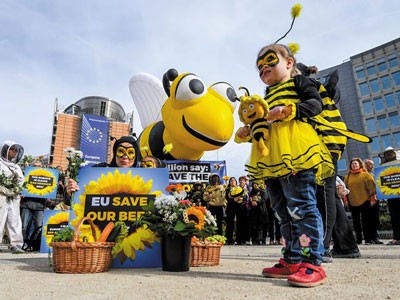
Help to shape policy with your science
In my current role, I support the environmental and climate priorities of President Joe Biden’s administration. For example, one area I work in is infrastructure policy. Working with the US Congress, the administration is investing billions of dollars in infrastructure across the nation, a watershed moment for climate action. We want to ensure that these future investments in communities are themselves resilient to the impacts of climate change. So, if communities are going to build a new road or repair a bridge, we share the science of climate change with the builders and planners so they can take that information into consideration.
We’re also working with government agencies to weave in nature-based solutions. As an ecologist by training, I know the science behind that. For example, restoring a marsh would also buffer nearby communities, buildings or roads against sea-level rise or storm surges. Such initiatives both strengthen nature and provide protective benefits for people.
AARON MAXWELL: Wield data to tackle policy problems
Data analyst at the National Sciences and Engineering Research Council of Canada in Ottawa.
I became interested in policy when I was pursuing my master’s degree in astronomy and astrophysics at the University of Victoria, Canada. A good friend encouraged me to be vice-president of the graduate student association, through which I eventually helped to negotiate dental coverage for members. Meeting with the university’s provosts during negotiations, I realized so much needed to be done. So many problems needed solving through policy change. I thought, ‘I actually really enjoy this.’
I now work at the National Sciences and Engineering Research Council (NSERC), which distributes government funds to university researchers throughout Canada. My job is to collect data to see whether council policies are working.
I work for the chief data officer to oversee all data-related infrastructure for the NSERC — including data stewardship, analysis and coordination with other government agencies and ministries, so that data are some of the core drivers of public service.
For example, Canada’s government is ploughing money into electric vehicles, their batteries and recycling those batteries. If someone in parliament says, “Electric vehicles are the future. Have we been supporting this?”, then we have to go through reports to find associated NSERC-funded projects. It’s time consuming. But we’re trying to incorporate machine learning into our processes so that you don’t have to read every report with, for example, engineering as a keyword. With machine learning, you can get your hands on a larger data set. And using those data, we can help officials to craft policy more efficiently.
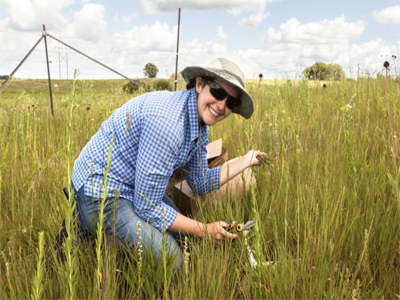
Want to make a difference? Try working at an environmental non-profit organization
One of the areas we’re working on is equality, diversity and inclusion (EDI). Making EDI policies more effective is important to me because I’m mixed race (my father is Black Jamaican and my mother is white Canadian) and neurodiverse — I have attention deficit hyperactivity disorder, am on the autism spectrum and have mental-health challenges. All of these things worked against me in my science education. But I know I’m lucky to have made it to where I am.
To better understand EDI, our office put forward the idea that we needed to collect data on the people who apply for NSERC grants, to better understand EDI. Data had been collected here and there, but in silos. I and an NSERC colleague pulled those data together and analysed them.
We showed not only aspects in which the council is doing really well, but also places where it had considerable gaps — NSERC needs to focus on these areas. For example, we found that the diversity of people applying for funding is not yet representative of the Canadian population as a whole. We used census data to show how many applications would be needed from specific demographic groups for award recipients to be represented equitably. So, for example, we would expect 50 Black people to apply for a student fellowship if the student pool was representative of the population, but instead we received only 30 applications.
The point is, we can now find these discrepancies and explore how to help institutions improve the situation.
For example, the NSERC can say to a university, “We see that you didn’t report having any Black applicants to your PhD programmes last year. Are you OK with that?” Or, “Why might that be?” We know about these gaps, because we can see the data.
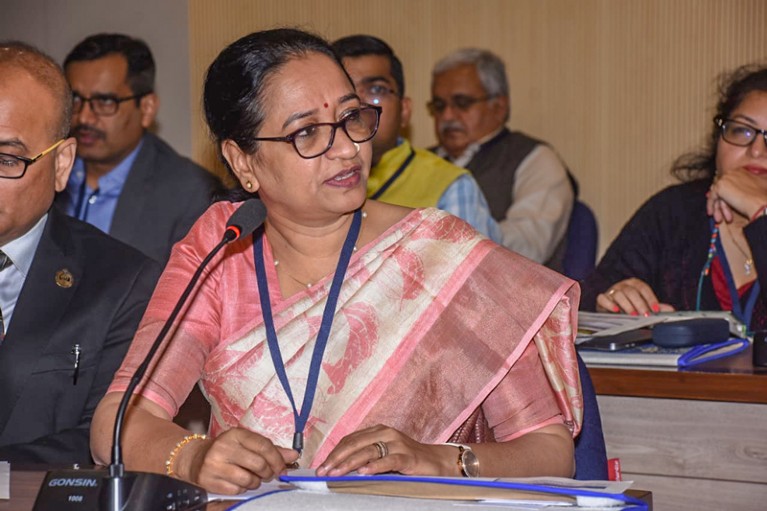
Forest ecologist Indu Murthy now works for a non-profit science-policy think tank in Bengaluru, India, because she wanted a stronger connection with decision makers.
INDU MURTHY: Speak the language of policymakers
Sector head for climate at the Center for the Study of Science, Technology and Policy in Bengaluru, India.
I work at the Center for the Study of Science, Technology and Policy (CSTEP), a non-profit think tank.
We put together science-based evidence to inform policymakers, whether they are government stakeholders at the national or state level, or at a non-governmental organization that is implementing a project. I manage a team of about 30 people who work on various issues, including long-term decarbonization scenarios — to decrease companies’ carbon footprints without compromising on development. This is really important for India, a lower-middle-income country.
For instance, India’s Ministry of Environment, Forest and Climate Change reached out to academics and think tanks involved in modelling. Our group came up with scenarios discussing what it would take for the country to reach net-zero carbon dioxide emissions by 2060, 2070, 2080 and 2100. The models gave ministers potential paths that the country could take to reach net zero, and these informed India’s decision to commit to doing so in the Glasgow Climate Pact at COP26, the 2021 UN climate change conference.
The hardest thing is trying to get an audience with policymakers. We really need to follow up several times. It’s not like I say something and they lap it up. That never happens. It takes many conversations.
You have to speak their language — to talk about what has the biggest impact. If you’re talking to a legislative member who works directly with people, then it could be social impacts. By contrast, for policymakers at the highest levels of government, it could be economic impacts and investments. These are the big tickets that resonate well. At the end of the day, they want to make a difference.
Earlier in my career, I spent 25 years as a forest ecologist at the Indian Institute of Science in Bengaluru. I did long-term monitoring in a biodiversity hotspot, India’s Western Ghats mountain range.
So, I came to CSTEP because I needed a change, and I wanted a stronger connection to the decision-making. I’m also an adviser to the UN Environment Programme, helping to draft the Global Environment Outlook report. In that effort, I help to bring perspectives of low- and middle-income countries to discussions of climate action and solutions. It’s definitely satisfying, trying to move the needle in the right direction: to influence people and how they look at a problem.
